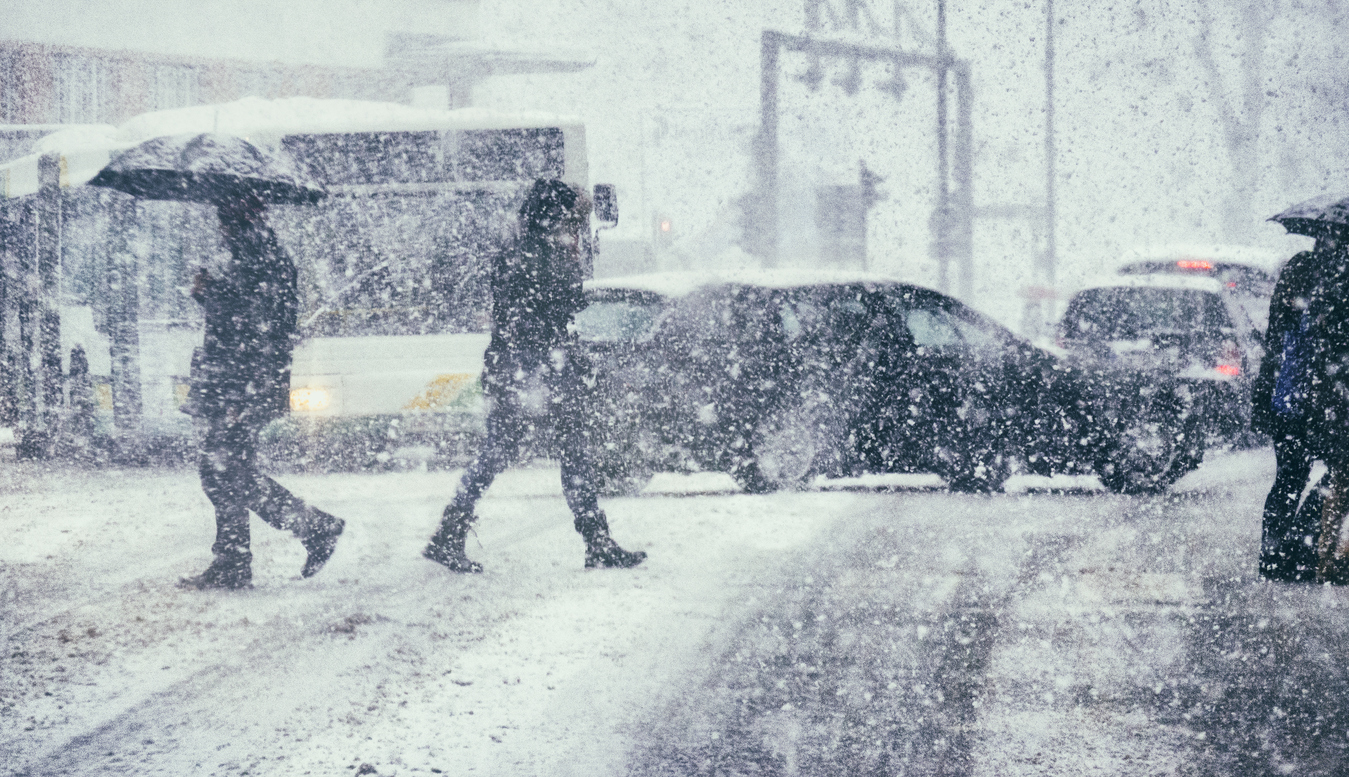Global insurers and reinsurers look set to incur costs stretching into the multi-billion-dollar range from the ongoing winter storm and severe cold weather impacting the United States and Canada.
The storm, which has been labelled the “blizzard of the century,” has brought record low temperatures to parts of Montana, Pennsylvania, and Wyoming, and has led to an emergency declaration in New York State.
The city of Buffalo has been particularly hard-hit, where conditions including four feet of snowfall left residents trapped inside homes and cars over the festive period and claimed at least 63 lives.
Freezing temperatures with lows of -45C have stretched from the Great Lakes near Canada to the Rio Grande along the Mexican border, and have caused mass disruption with some 20,000 flights cancelled across the Christmas weekend.
And while conditions are expected to improve this week, officials remain concerned that warmer weather could lead to further problems, including flooding and water damage as snow thaws and frozen pipes burst.
Based on these impacts and early indications from modelling teams, it seems safe to assume that re/insurance market losses will reach into the low single-digit billions, although it will surely take some time yet for the full extent of damages to be assessed and tallied up.
Many in the industry will likely be looking back to the recent Texas Freeze as a point of comparison, which drove $15 billion of insured damages and resulted in hundreds of deaths after leaving many homes and businesses without power for several days in February 2021.
Looking back over the last 10 years, the Texas Freeze made 2021 the largest year for US insured losses from winter storms by a substantial margin, at over three times higher than the previous biggest total of $4.4 billion in 2015, according to data from Aon.
The latest cold spell has affected a much larger area this time, including parts of Canada and Mexico, and reports suggest millions of homes and businesses have experienced blackouts, although re/insurers will take some solace in the fact that power has been steadily restored in most cases, with federal resources deployed to handle the crisis in the worst-hit areas.
It therefore seems unlikely that the event will drive insurance claims of a comparable level to 2021, although sources in the industry still believe this could be one of the most costly winter weather outbreaks of the last decade.
However, loss predictions remain speculative at this early stage, and re/insurers will be watching events unfold closely as authorities begin to get a clearer picture of damages past the initial disruption issues, including possible burst pipes, flooding and roof damage, which could all have significant repurcussions for reinsurance quota share treaties.












